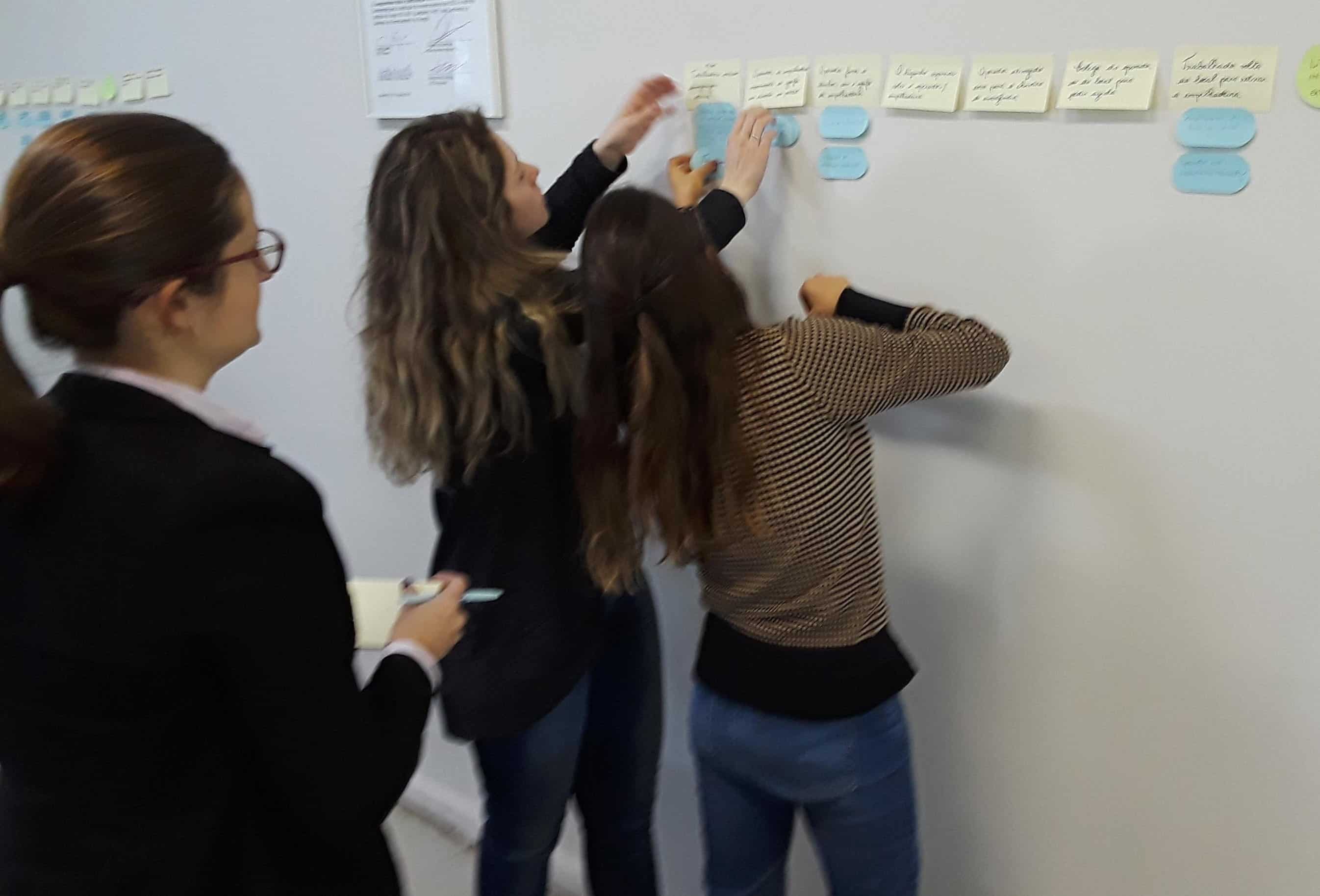Do The Best Ideas Come From Operators?

“Operators have the best ideas because they are closest to the work”
Have you heard the phrase about learning teams or investigations? I have heard it quoted a lot of times and in a lot of ways. Here is a quote from Health & Safety Executive’s ‘Employee Involvement in Health and Safety: Some Examples of Good Practice:
“Most of the good ideas come from the operatives because they are the ones who
get frustrated with having to deal with certain situations day in and day out.”
It occurs to me that most of the BAD IDEAS also come from operators for the same reason.
Perhaps it is because they are dealing with the problem day in and day out that they look for ideas to solve it. Some of those ideas are good, and some end up with them or others in the hospital.

Often, HOP consultants try to sell you that their techniques are better because they involve the operator. However, involving the operator will not, by default, make your learning better or worse.
Why Involve The Operator?
There is a benefit to involving operators in investigations and learning teams. They are the closest to the problem, allowing them to better describe it. They also help in 3 other ways:
- Provide context behind why things are done a particular way.
- Keep a history as to how they used to do a task.
- Find unintended consequences to new ideas.
Problems Involving The Operator
There are also drawbacks to involving operators that you must account for. The largest is bias. Each group you bring into your team (engineering, safety, quality, maintenance, or operations) will be biased. They want to avoid being blamed and assigned additional work. You must account for and adjust for this.
TapRooT® RCA accounts for bias by making sure you are asking the right questions. The TapRooT® Root Cause Tree® Diagram and Dictionary will guide an investigation team to root causes using simple but powerful human performance questions. This reduces bias and focuses the process on fixing system issues instead of trying to fix people.
Getting the Best Ideas From Operators
Not everyone has great ideas, but a great idea can come from anyone. You should involve operators because they can come up with incredible ideas. To get the best ideas from operators, involve them in 5 key ways in your learning processes.
- Gathering the Facts
- Understanding the Context
- Defining the Problem
- Brainstorming Corrective Actions
- Looking for Unintended Consequences in Corrective Actions
The Root Cause Tree® Diagram will help you identify the root cause, but you will still need to exercise your team’s creativity and ingenuity to fix the problem. To help, the TapRooT® System includes the Corrective Action Helper® Guide.

To learn how to apply the TapRooT® System to both simple and complex investigations and when to get operators on the problem-solving team, attend the 5-Day Advanced TapRooT® Advanced Root Cause Analysis Team Leader Training. Click HERE for the dates and locations of upcoming public courses.



